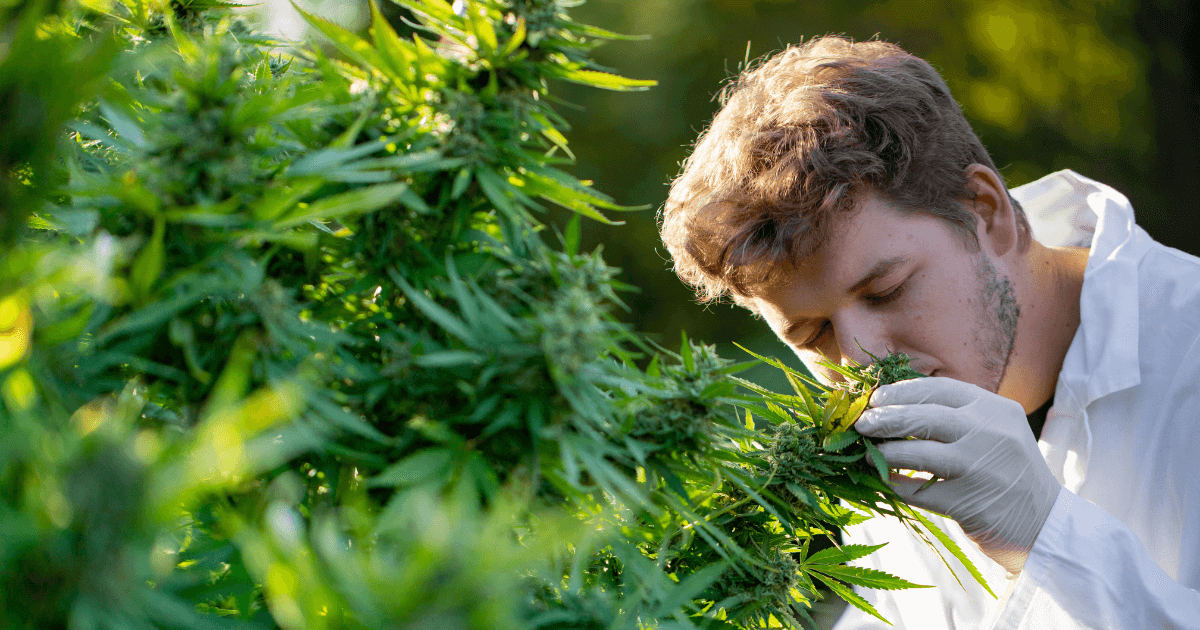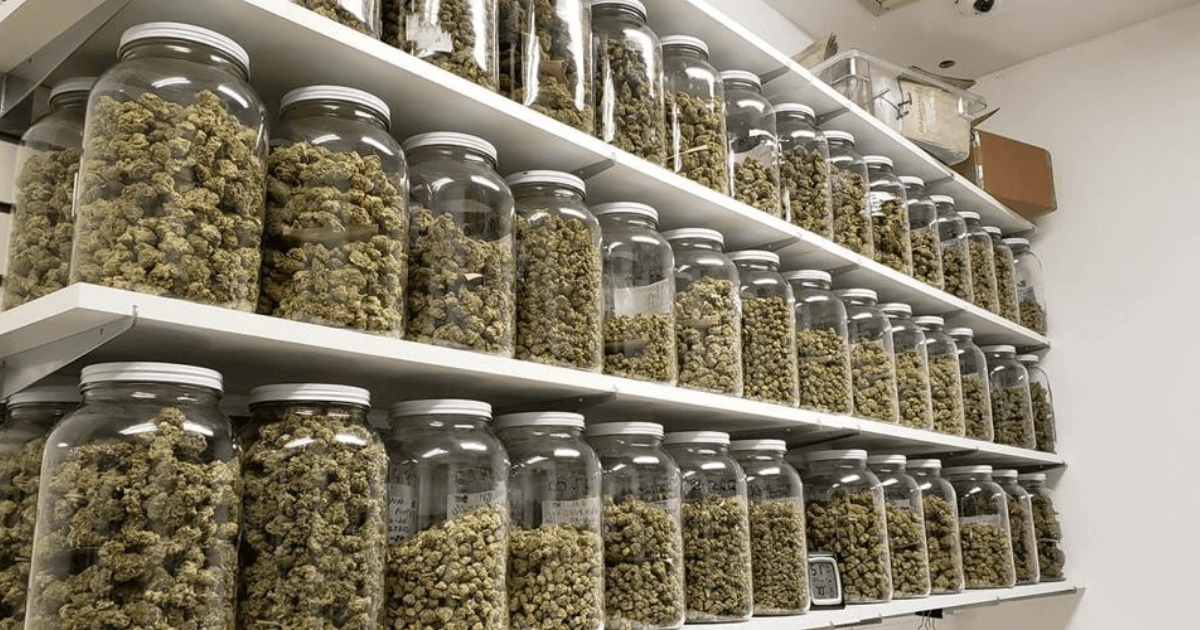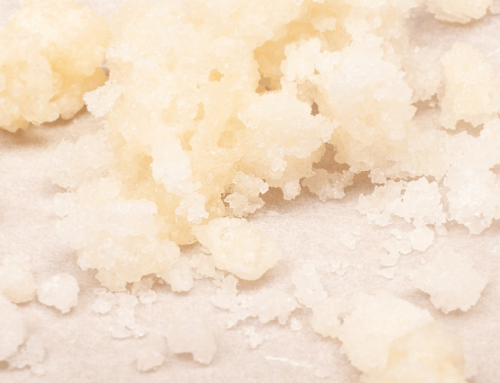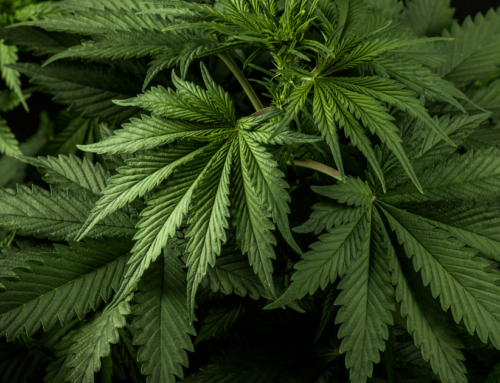An Introduction to Cannabis
Cannabis, also known as marijuana, weed, or ganja, is a psychoactive drug derived from the Cannabis plant. It is widely used for recreational, medicinal, and spiritual purposes. The Cannabis plant has been cultivated for thousands of years and has a long history of human use.
The primary active chemical in cannabis is delta-9-tetrahydrocannabinol (THC), which is responsible for its psychoactive effects. THC interacts with the brain’s cannabinoid receptors, producing a range of effects, including relaxation, euphoria, altered perception of time and space, increased appetite, and changes in sensory perception.
Cannabis can be consumed in various forms, including smoking dried flowers or buds, vaporizing, eating edibles, or using oils and tinctures. Different strains of cannabis may have varying levels of THC and other compounds, leading to different effects on the user.
While cannabis is often associated with recreational use, it also has recognized medicinal properties. It has been used to alleviate symptoms of various medical conditions such as chronic pain, nausea, multiple sclerosis, epilepsy, and more. In recent years, there has been growing acceptance and legalization of medical cannabis in many parts of the world.
It’s important to note that cannabis is classified as a Schedule I drug in some countries, meaning it is considered illegal and has the potential for abuse. However, attitudes and laws regarding cannabis vary widely across different jurisdictions, with some places decriminalizing or legalizing its recreational use.

Is Marijuana Legal in Canada?
Yes, marijuana is legal in Canada. On October 17, 2018, the Canadian government implemented the Cannabis Act, which legalized the recreational use, possession, cultivation, and sale of cannabis for adults aged 18 and older (19 in some provinces). This made Canada the second country in the world, after Uruguay, to legalize recreational marijuana at the federal level.
Under the Cannabis Act, adults can purchase marijuana from government-licensed retailers or through online platforms. However, each province and territory has the authority to establish its own regulations regarding the distribution and sale of cannabis, which may vary slightly.
The legalization of marijuana in Canada also allows for the cultivation of a limited number of cannabis plants for personal use. However, it is essential to familiarize oneself with the specific regulations and restrictions in the province or territory where one resides.
It’s worth mentioning that while recreational marijuana is legal in Canada, there are still regulations in place to ensure responsible use, such as restrictions on where cannabis can be consumed and impaired driving laws. Additionally, the medical use of cannabis has been legal in Canada since 2001, and patients with appropriate authorization can access it through licensed producers.
What are the Different Types of Cannabis Flowers?
There are various types of cannabis flowers, often referred to as weed strains, each with its own unique characteristics in terms of appearance, aroma, flavour, and effects.
Here are some common types:
- Indica: Indica strains are known for their relaxing and sedating effects. They typically have broad, dark green leaves and dense buds. Indica strains are often chosen for nighttime use or for relaxation purposes.
- Sativa: Sativa strains are known for their energizing and uplifting effects. They usually have narrow, light green leaves and tend to produce taller plants. Sativa strains are often associated with increased creativity, focus, and sociability.
- Hybrid: Hybrid strains are a combination of indica and sativa genetics, resulting in a blend of both physical and cerebral effects. They can be either indica-dominant, Sativa-dominant, or balanced hybrids. Hybrid strains offer a wide range of effects and are popular for their versatility.
- Ruderalis: Cannabis ruderalis is a lesser-known species of cannabis. It is typically low in THC and is primarily used for its autoflowering properties. Ruderalis strains are often crossbred with indica or sativa strains to create hybrids that flower automatically, regardless of light schedules.
Within these broader categories, there are countless specific strains, each with its own name and characteristics. These strains can have different levels of THC, CBD, and other cannabinoids, resulting in distinct effects and medicinal properties.
It’s important to note that the effects and experiences can vary from person to person, as individual biochemistry and tolerance play a role. It’s always recommended to start with a low dosage and gradually increase if needed, and to choose strains based on personal preferences and desired effects.
When purchasing cannabis, you can often find information about the strain’s genetics, THC/CBD content, terpene profile, and effects to help you make an informed choice.
What Other Types of Cannabis Products Are Available?
Apart from cannabis flowers, there is a wide variety of cannabis products available in different forms to cater to different preferences and consumption methods.
Here are some common types of cannabis products:
- Edibles: Edible cannabis products are food or drink items infused with cannabis extract or oil. They offer an alternative to smoking or vaporizing. Edibles can include cookies, brownies, candies, chocolates, beverages, and more. Effects of edibles can take longer to kick in compared to inhalation methods, but they can provide longer-lasting effects.
- Concentrates: Cannabis concentrates are highly potent extracts of the plant’s cannabinoids, such as THC or CBD. These extracts are made using various extraction methods, resulting in products like oils, waxes, shatter, budder, and live resin. Concentrates are often used for vaporizing, dabbing, or adding to other cannabis products.
- Tinctures: Cannabis tinctures are liquid extracts typically made by soaking cannabis in alcohol or glycerin. They are administered orally by placing drops under the tongue or adding them to food and beverages. Tinctures offer precise dosing and relatively quick onset of effects.
- Topicals: Cannabis topicals are products designed to be applied directly to the skin. They come in the form of creams, lotions, balms, or oils. Topicals are primarily used for localized relief from pain, inflammation, or skin conditions, and they typically do not produce psychoactive effects.
- Pre-rolls: Pre-rolls, also known as joints, are ready-to-smoke cannabis cigarettes. They consist of ground cannabis flowers rolled in a paper or wrap. Pre-rolls provide a convenient option for those who prefer smoking without the need for preparation.
- Vaporizers: Vaporizers heat cannabis flower or concentrates to a temperature that releases the cannabinoids and terpenes without combustion. This method produces vapour instead of smoke, which is considered less harmful to the lungs. Vaporizers come in various forms, including handheld devices and tabletop units.
It’s important to note that the availability of these products may vary depending on the legal regulations in your jurisdiction. Additionally, always ensure you purchase cannabis products from licensed and reputable sources to ensure quality and safety.

Benefits, Uses and Effects of Marijuana
Marijuana, or cannabis, has been used for various purposes throughout history.
Here are some potential benefits, uses, and effects associated with marijuana:
- Medicinal Uses: Marijuana has been recognized for its potential medicinal properties. It may be used to alleviate symptoms and manage various conditions such as chronic pain, nausea and vomiting, muscle spasms, inflammation, epilepsy, multiple sclerosis, and certain mental health conditions. The cannabinoids in marijuana, such as THC and CBD, interact with the body’s endocannabinoid system, which plays a role in regulating various bodily functions.
- Pain Relief: Marijuana has analgesic properties and can help reduce pain. It is often used by individuals suffering from chronic pain conditions such as arthritis, fibromyalgia, or cancer-related pain. Both THC and CBD can contribute to pain relief, although their mechanisms of action may differ.
- Nausea and Appetite Stimulation: Marijuana can help alleviate nausea and stimulate appetite, particularly in individuals undergoing chemotherapy or experiencing appetite loss due to certain medical conditions. This effect is commonly referred to as the “munchies.”
- Relaxation and Stress Reduction: Many individuals use marijuana for its relaxing and stress-reducing effects. It can help promote a sense of calm, relaxation, and euphoria. However, it’s worth noting that the effects can vary among individuals, and excessive use or higher doses may lead to anxiety or paranoia in some cases.
- Sleep Aid: Marijuana can have sedating effects, which may be beneficial for individuals struggling with insomnia or sleep disturbances. Certain strains or products with higher levels of CBD are often preferred for their potential to promote relaxation and improve sleep quality.
- Potential Mental Health Benefits: While more research is needed, some studies suggest that marijuana may have potential benefits in managing symptoms of certain mental health conditions like anxiety, depression, and PTSD. However, it’s important to use marijuana for mental health purposes under the guidance of a healthcare professional.
- Recreation and Enjoyment: Many individuals use marijuana for recreational purposes to experience its psychoactive effects, enhance social experiences, or simply for enjoyment.
It’s important to note that the effects and benefits of marijuana can vary depending on various factors such as the strain, THC/CBD content, dosage, individual physiology, and mode of consumption. Additionally, marijuana affects each person differently, and some individuals may experience adverse effects such as increased heart rate, dry mouth, impaired coordination, or short-term memory loss.
Furthermore, marijuana’s legal status varies across jurisdictions, so it’s crucial to understand and comply with the laws and regulations in your area. It’s always recommended to consult with a healthcare professional before using marijuana for any specific medical condition.
You Can Buy Weed Online in Canada at Weed List
At Weed List, a trusted and reputable online cannabis retailer in Canada, you can conveniently purchase top-quality weed from the comfort of your own home. With a wide selection of strains and products to choose from, Weed List ensures that every customer finds their ideal cannabis experience. From potent Indicas to uplifting Sativas, and a range of concentrates, edibles, and accessories, they cater to all preferences and needs. You can find the best deals on marijuana flowers in Canada.
With discreet packaging and reliable delivery, Weed List makes buying weed online in Canada a seamless and enjoyable process. Explore their user-friendly website today and embark on a journey of elevated relaxation and exploration with the finest cannabis products available.
References
Iversen, Leslie. (2003, June 1). Cannabis and the brain. Oxford Academic. Available At: https://academic.oup.com/brain/article/126/6/1252/330602
BC Weed Delivery. (2023, September 1). Find the best weed delivery in BC and online dispensaries in Canada. Available at: https://bcweeddelivery.org/strains/
Bulk Weed Canada. (2023, September 1). Buy Bulk Weed Online in Canada. Available at: https://bulkweedcanada.com/
Department of Justice. Cannabis Act (2018). Available at: https://laws-lois.justice.gc.ca/eng/acts/c-24.5/





Leave A Comment